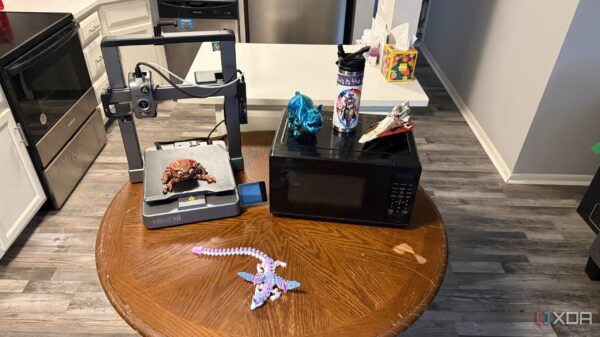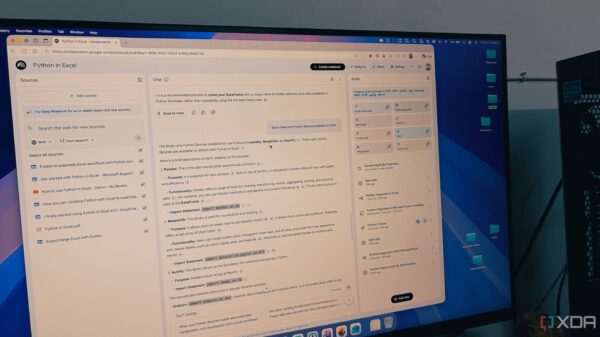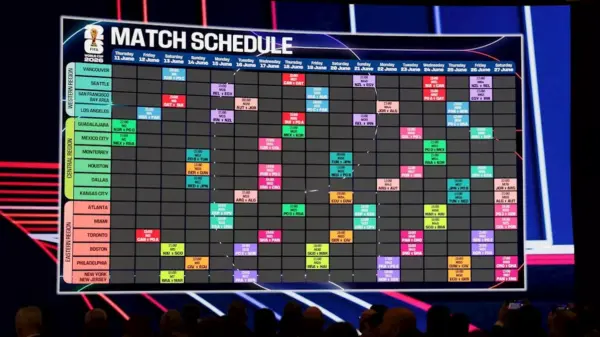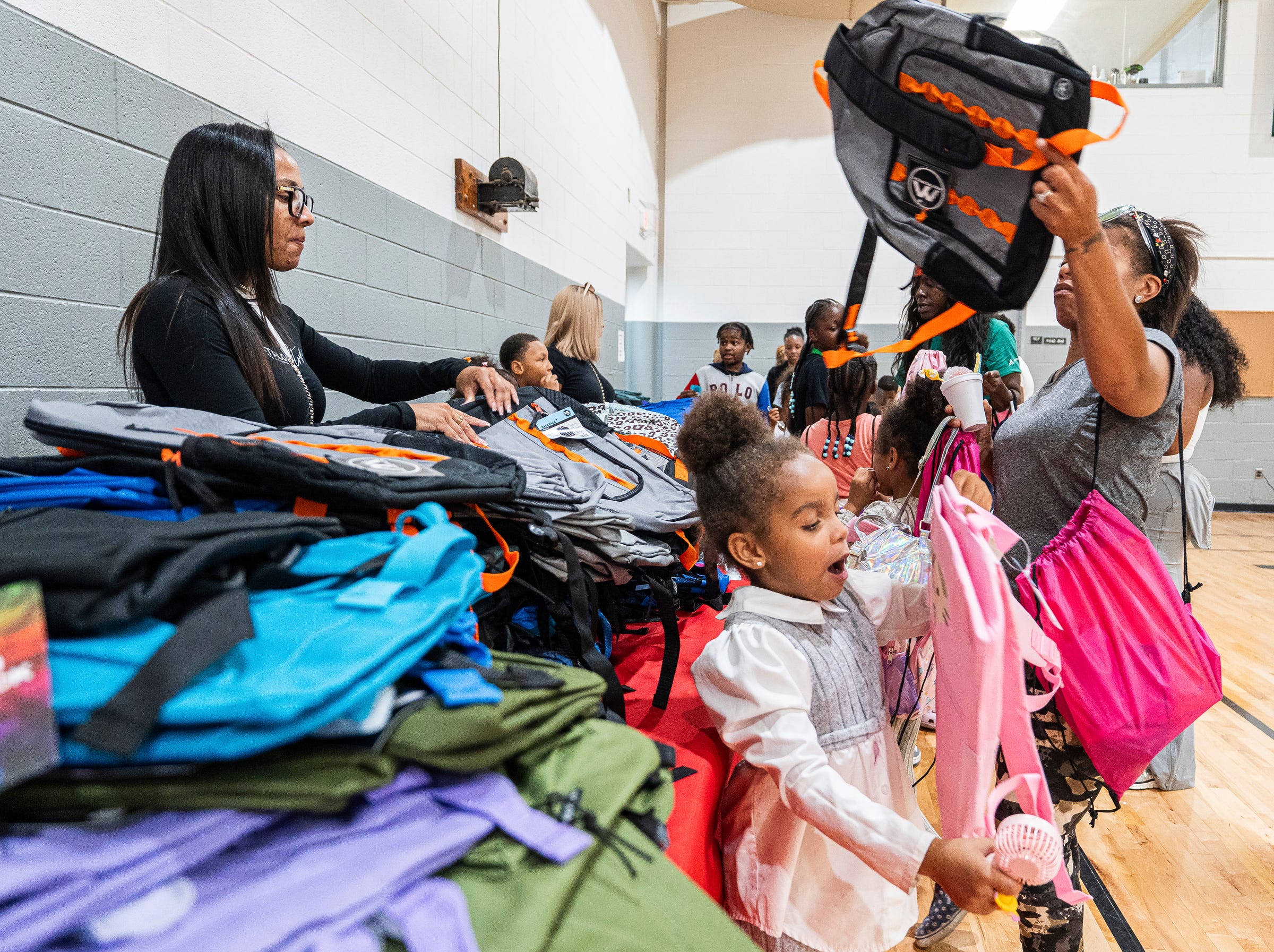As families in Metro Detroit prepare for the upcoming school year, many are experiencing a significant increase in back-to-school expenses. With the school year starting on August 25, 2024 for most Michigan students, parents are being forced to stretch their budgets further than in previous years, even as they embark on price comparisons. Concerns over rising prices due to tariffs have prompted many to begin their shopping earlier this summer, with some reports indicating that the trend of value-seeking shopping has intensified since the fall of 2024.
A recent annual survey of 7,500 consumers conducted by the National Retail Federation (NRF) and Prosper Insights and Analytics revealed that 67% of back-to-school shoppers had started making purchases by early July. This marks an increase from 55% in the previous year and is the highest percentage recorded since the NRF began tracking this behavior in 2018.
In light of the economic pressures, many families are prioritizing affordability over brand loyalty. Store managers report that shoppers are increasingly using layaway programs and planning their purchases around major retail promotions to mitigate costs. Despite these efforts, prices for back-to-school supplies remain elevated. According to the latest data from the U.S. Bureau of Labor Statistics, prices for stationery and related supplies rose by 1.6% in July compared to the same month in 2023.
Price Increases and Consumer Behavior
A study conducted by DataWeave on August 22, 2024, analyzed prices for 15,000 back-to-school items across major retailers such as Staples, Amazon, Walmart, and Office Depot. The findings indicated an overall price increase of nearly 8% compared to last year. Specific items, including journals and notebooks, saw substantial price hikes, with some prices nearly doubling since March when tariffs began to impact the market. Pencils also experienced an average price increase of 68%.
Consumer behavior reflects a growing trend towards cost-conscious purchasing. A survey by Deloitte conducted from September 2024 to May 2025 found that 40% of Americans identify as “value seekers,” consistently making budget-friendly choices across various aspects of their lives. This trend is particularly pronounced among parents, with many opting to purchase items during promotional events in July, such as Amazon Prime Day and Target Circle Week.
One local retailer, For Kids Only, has noted an uptick in early shopping. Store manager Shedra Edwards-Rashad observed that parents began purchasing back-to-school clothing even before the school year ended in June. Although the store has maintained pricing for several years, families are increasingly looking for deals and utilizing layaway options to manage their expenses.
Community Support and Resource Sharing
As prices continue to climb, parents are seeking alternative ways to equip their children for school. Elizabeth Howard, a Detroit resident, expressed frustration over rising uniform costs, noting that items previously priced at $9.99 now range from $12.99 to $14.99. To alleviate some financial burden, Howard opted to pick up her grandchildren’s uniforms in-store to avoid shipping fees.
For some families, community initiatives are providing much-needed assistance. On August 21, 2024, the Joseph Walker Williams Recreation Center hosted a “Back To School Resource Party,” offering free backpacks and school supplies to families in need. The event, organized by the Detroit nonprofit Take My Hand, attracted over 300 attendees and provided essential resources for students, including notebooks, pens, and health screenings.
The cautious spending approach is not limited to parents. Teachers, too, are tightening their budgets amid uncertainty surrounding school funding. Nancy Korte, owner of the educational supply store Learning Gizmos, reported that educators are more conservative with their expenditures this year, as the list of required supplies continues to grow each year.
As families navigate the complexities of back-to-school shopping, the collective impact of rising costs and community support highlights both the challenges and resilience of Metro Detroit residents. The ongoing adjustments in shopping habits signal a broader trend towards value-seeking that is likely to define consumer behavior in the months to come.






































































